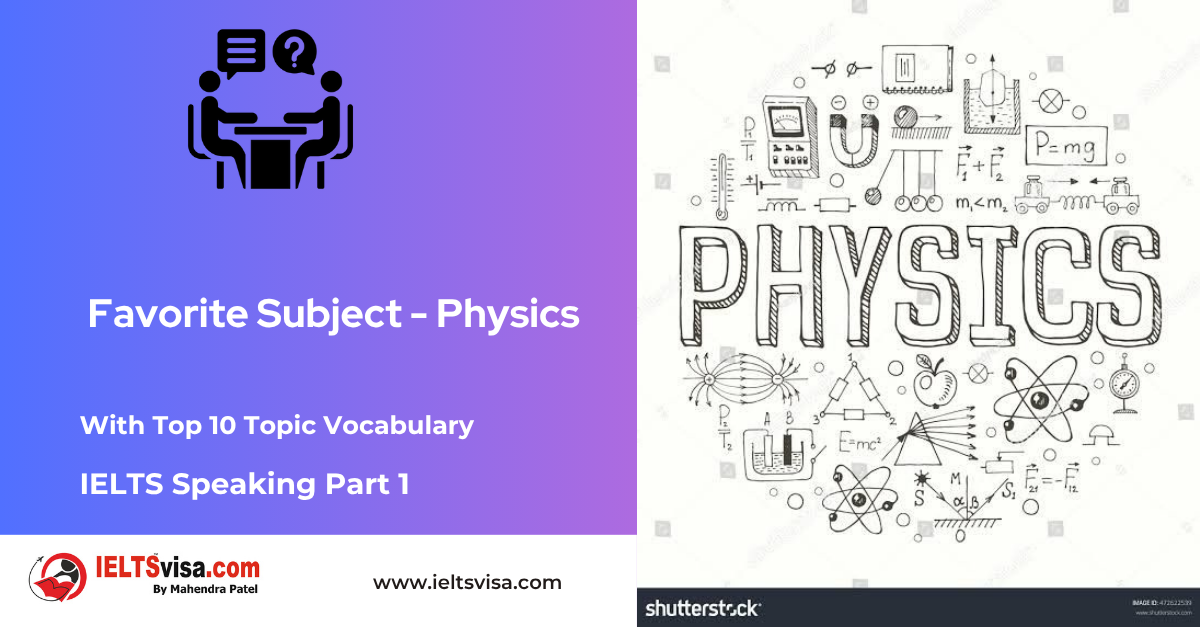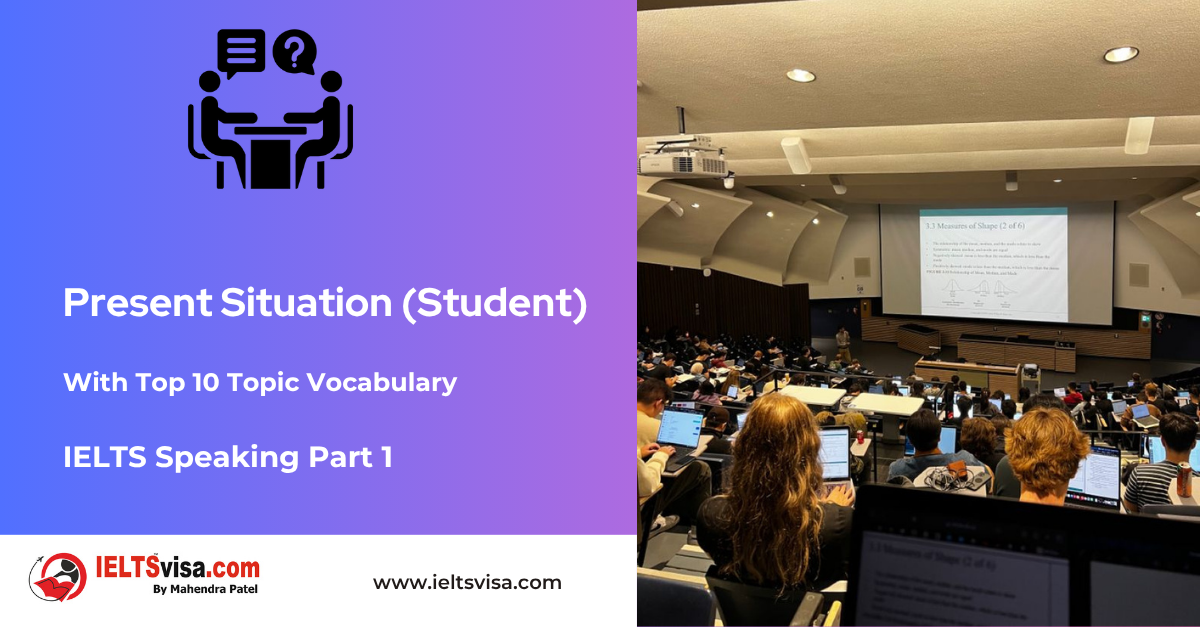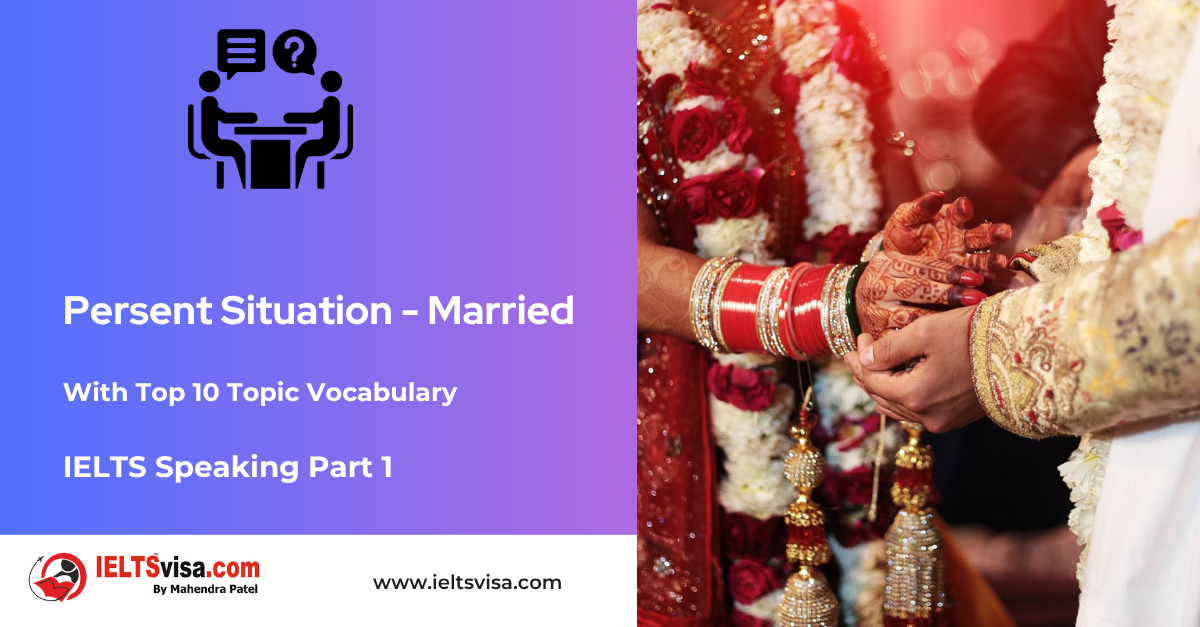Question Tags
Grammar for IELTS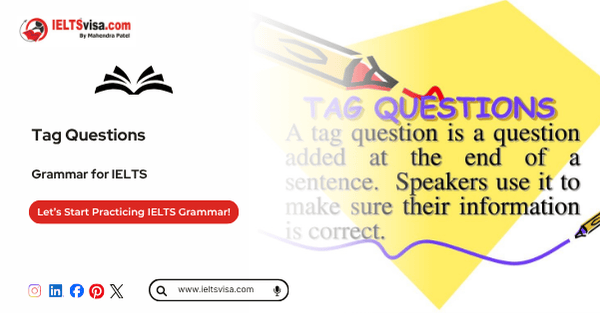
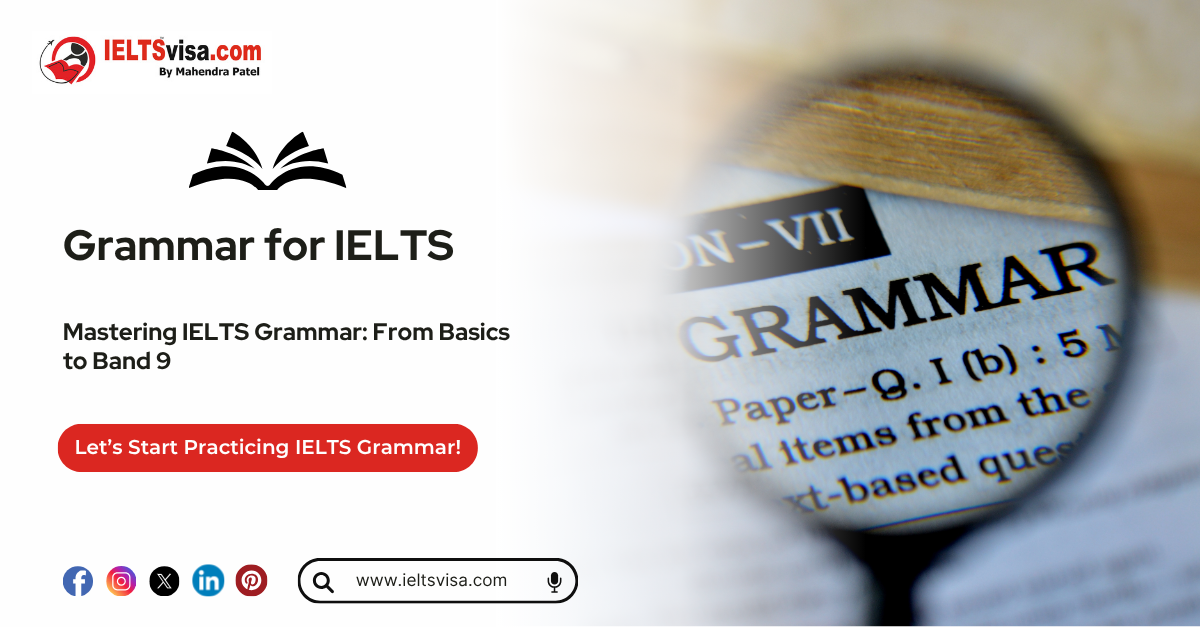
Question Tags
Have you ever ended a sentence with a small question like, “Isn’t it?” or “Don’t you?” These are called question tags, and they are commonly used in spoken English to confirm information or seek agreement. In this guide, you will learn the meaning, definition, and usage of question tags, along with examples to help you understand them better.
What Is a Question Tag?
A question tag is a short question added to the end of a statement to confirm or clarify information. It makes a sentence interactive and encourages a response from the listener.
Definition:
An auxiliary verb is “a verb such as be, do, and have used with main verbs to show tense, and to form questions and negatives” (Oxford Learner’s Dictionary).
Examples:
1. “It’s a sunny day, **isn’t it?”
2. “You don’t like coffee, **do you?”
Definition of a Question Tag
A question tag, also known as a tag question, is defined as follows:
-
- Oxford Learner’s Dictionary: “A phrase such as ‘isn’t it?’ or ‘don’t you?’ that you add to the end of a statement to turn it into a question or check that the statement is correct.”
- Cambridge Dictionary: “A short phrase such as ‘isn’t it?’ or ‘don’t you?’ that is added to the end of a sentence to check information or to ask if someone agrees with you.”
How to Use Question Tags in Sentences
To use question tags correctly, follow these simple rules:
1. Sentence Structure:
-
- A sentence with a question tag follows this pattern:
- Statement, question tag?
- A sentence with a question tag follows this pattern:
2. Punctuation:
-
- Begin the sentence with a capital letter, add a comma after the statement, and end with a question mark.
3. Positive and Negative Statements:
-
- If the statement is positive, the tag is negative.
- Example: “You are coming, **aren’t you?”
- If the statement is negative, the tag is positive.
- Example: “You aren’t coming, **are you?”
- If the statement is positive, the tag is negative.
4. Pronouns in Tags:
-
-
- Use the same pronoun in the question tag as in the statement.
- Example: “The kids are playing, **aren’t they?”
- Use the same pronoun in the question tag as in the statement.
-
5. Verb Agreement:
-
-
- Match the auxiliary or modal verb in the statement with the tag.
- Example: “She can dance, **can’t she?”
- Match the auxiliary or modal verb in the statement with the tag.
-
6. Special Cases:
-
-
- Use positive tags for emotional expressions, such as anger, surprise, or interest, even if the statement itself is positive.
- Example: “You think this is funny, **do you?”
- Sentences starting with “Nothing” or “Nobody” are treated as negative statements.
- Example: “Nobody came to the party, **did they?”
- Use positive tags for emotional expressions, such as anger, surprise, or interest, even if the statement itself is positive.
-
Common Verbs and Their Question Tags
|
Tense |
Positive Statement |
Negative Tag |
Negative Statement |
Positive Tag |
|
Present Simple |
“I am happy.” |
“Aren’t I?” |
“I am not late.” |
“Am I?” |
|
Past Simple |
“She was here.” |
“Wasn’t she?” |
“They weren’t there.” |
“Were they?” |
|
Future Simple |
“He will join us.” |
“Won’t he?” |
“She won’t come.” |
“Will she?” |
|
Present Perfect |
“They have arrived.” |
“Haven’t they?” |
“We haven’t eaten yet.” |
“Have we?” |
|
Modal Verbs |
“You can drive.” |
“Can’t you?” |
“He shouldn’t leave.” |
“Should he?” |
Examples of Question Tags
Positive Statements with Negative Tags
1. “You are a student, **aren’t you?”
2. “They have completed their homework, **haven’t they?”
3. “She will attend the meeting, **won’t she?”
Negative Statements with Positive Tags
1. “You don’t like spicy food, **do you?”
2. “He isn’t coming with us, **is he?”
3. “They haven’t finished the project, **have they?”
Special Cases
1. “Nobody called, **did they?”
2. “Nothing is working, **is it?”
3. “You think this is funny, **do you?”
Practice Exercise: Add Question Tags
1. She is your friend, ___________?
2. They didn’t tell you about the plan, ___________?
3. You can’t swim, ___________?
4. It was a beautiful day, ___________?
5. Everyone enjoyed the party, ___________?
Answers:
1. isn’t she?
2. did they?
3. can you?
4. wasn’t it?
5. didn’t they?
Frequently Asked Questions
Q1: What is a question tag? A question tag is a short question added to the end of a statement to confirm or clarify information.
Q2: How do I form a question tag? A question tag is formed by using the auxiliary or modal verb from the statement, followed by a pronoun, and ending with a question mark.
Q3: What is the rule for positive and negative statements? Positive statements take negative tags, and negative statements take positive tags.
Q4: Can question tags be used in formal writing? Question tags are commonly used in spoken English and informal writing but can occasionally appear in dialogue or conversational text in formal writing.

Our Books
Master IELTS Speaking Part 1
IELTS Writing Task 1 Book
IELTS Writing Task 2 Book
Practice IELTS Other Modules
IELTS Listening
The IELTS Listening test assesses how well you can understand spoken English in various contexts. It lasts about 30 minutes and is divided into four sections with a total of 40 questions. The listening tasks become increasingly difficult as the test progresses.
IELTS Academic Reading
The IELTS Academic Reading section assesses your ability to understand and interpret a variety of texts in academic settings. It is designed to evaluate a range of reading skills, including skimming for gist, reading for main ideas, reading for detail, understanding inferences, and recognizing a writer's opinions and arguments.
IELTS Speaking
The IELTS Speaking test assesses your ability to communicate in English on everyday topics. It lasts 11-14 minutes and consists of three parts: introduction, cue card, and a discussion based on the cue card topic.
IELTS General Reading
IELTS General Reading tests your ability to understand and interpret various types of texts. Here are some key areas and types of content you can expect to encounter in the reading section, along with tips for effective preparation.
IELTS Academic Writing Task 1
In IELTS Academic Writing Task 1, you are presented with a visual representation of information, such as graphs, charts, tables, or diagrams, and you are required to summarize, compare, or explain the data in your own words.
IELTS General Writing Task 1
In IELTS General Writing Task 1, you are required to write a letter based on a given situation. The letter can be formal, semi-formal, or informal, depending on the prompt. Here’s a breakdown of the key components to include in your letter
IELTS Academic Writing Task 2
In IELTS Academic Writing Task 2, you are required to write an essay in response to a question or topic. Here’s a guide to help you understand the essential elements of this task
IELTS Exam Tips
To succeed in the IELTS exam, practice regularly, familiarize yourself with the test format, improve your vocabulary, develop time management skills, and take mock tests to build confidence.
Grammer for IELTS
Grammar is the foundation of effective communication in English. Understanding tense usage, subject-verb agreement, and sentence structure enhances clarity and coherence in writing and speaking.
Vocabulary for IELTS
Vocabulary plays a crucial role in the IELTS (International English Language Testing System) exam, especially in the Speaking and Writing sections. Here’s an overview of why vocabulary is important and how it impacts your performance
RECENT IELTS SAMPLES QUESTIONS AND ANSWERS
IELTS Speaking Part 1 – Favourite Sujbect – Physics
IELTS Speaking Part 1 - Favourite Sujbect - Physics Q: What is your favourite subject? A: My favourite subject...
IELTS Speaking Part 1 – Present Situation (Student)
IELTS Speaking Part 1 - Present Situation (Student) Q1: Are you a student or do you work?A: I’m a full-time...
IELTS Speaking Part 1 – Present Situation – Employee – as an International Student and Social Worker
IELTS Speaking Part 1 - Present Situation - Employee - as an International Student and Social Worker Q1: Are...
IELTS Speaking Part 1 – Persent Situation – Employee- as an Electric Engineer
IELTS Speaking Part 1 - Persent Situation - Employee- as an Electric Engineer Q1: What do you do for a...
IELTS Speaking Part 1 – Persent Situation – Employee – as an Software Engineer
IELTS Speaking Part 1 - Persent Situation - Employee - as an Software Engineer Q1: What do you do for a...
IELTS Speaking Part 1 – Persent Situation – Married
IELTS Speaking Part 1 - Persent Situation - Married Q1: Are you married?A: Yes, I am married. My spouse and I...

